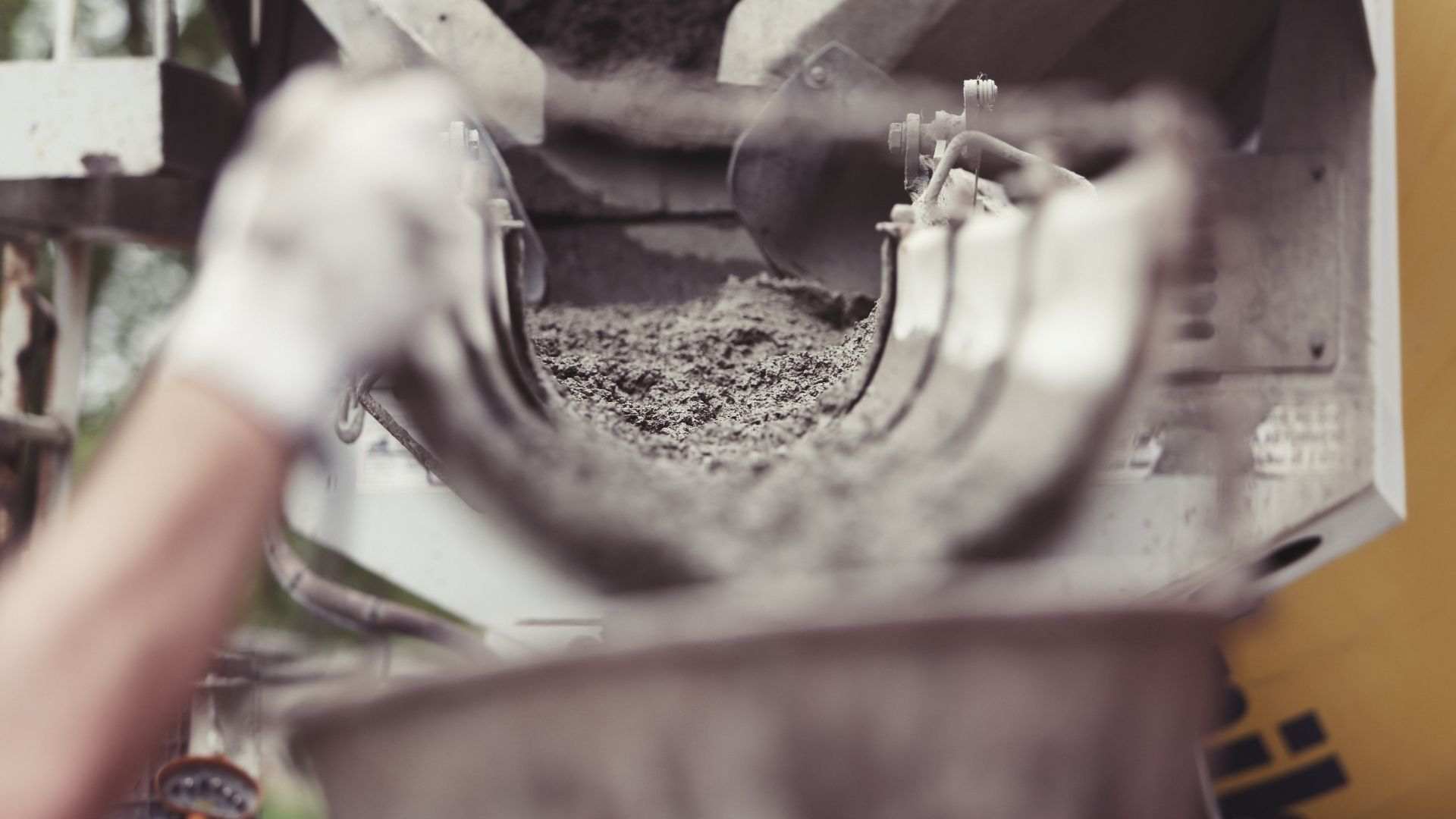Table of Contents
- How Can the Concrete Mixer Pouring Fuel Consumption Calculator Save You Money?
- How Much Fuel Does a Concrete Mixer Use During Pouring?
- What Impacts the Fuel Efficiency of a Concrete Mixer While Pouring?
- How Many Gallons Does a Cement Mixer Hold?
- How Much Concrete Can You Pour in an Hour?
- How Do You Reduce Long-Term Fuel Costs?
- Why Is Measuring Fuel Important for Sustainability?
- Ready to Optimize Every Phase of Your Construction Project?
Estimated reading time: 5 minutes. Last updated: January 1, 2025.
How Can the Concrete Mixer Pouring Fuel Consumption Calculator Save You Money?
In the world of construction, efficiency is everything. Whether you're working on small residential projects or massive infrastructure developments, keeping track of fuel usage is crucial. The Concrete Mixer Pouring Fuel Consumption Calculator is designed to simplify this process, providing precise data on how much fuel your concrete mixer consumes during pouring operations.

With rising fuel costs and growing environmental concerns, this tool can be a game-changer for construction professionals. By understanding your fuel consumption, you can cut unnecessary costs, streamline operations, and reduce your environmental footprint.
How Much Fuel Does a Concrete Mixer Use During Pouring?
A common question is: “How much fuel does a concrete mixer use per hour?” The answer depends on factors like the engine size, workload, and pouring duration. Typically, a diesel-powered concrete mixer consumes 2-4 liters of fuel per hour.
By entering parameters like the average pouring time per session, frequency of use, and fuel consumption rate into the calculator, you can accurately estimate how much fuel your mixer uses over time.
For even more precise fuel management, consider pairing this tool with the Concrete Mixer Mixing Fuel Consumption Calculator, which tracks fuel use during the mixing phase.
What Impacts the Fuel Efficiency of a Concrete Mixer While Pouring?
Just as with mixing, several factors affect fuel consumption during pouring:
- Pouring speed: Faster pouring often reduces idle time, saving fuel.
- Batch size: Larger pours typically require more fuel, especially if the mixer operates continuously.
- Equipment maintenance: Well-maintained mixers perform more efficiently, consuming less fuel per hour.
Another frequently asked question is: “What is the formula to calculate fuel consumption?” While the calculator does the math for you, the basic formula is:
Fuel Consumption Formula:
Fuel Consumption = (Pouring Duration × Fuel Rate) × Frequency of
Use
How Many Gallons Does a Cement Mixer Hold?
Capacity is another key factor in fuel efficiency. How many gallons does a cement mixer hold? Most portable mixers hold 6-12 cubic feet, which translates to several gallons of concrete.
For larger projects involving high-capacity mixers, fuel consumption can escalate quickly. Tools like the Concrete Mixer Pouring Fuel Consumption Calculator are essential for tracking this increase and keeping costs in check.
How Much Concrete Can You Pour in an Hour?
When planning a project, it’s essential to consider production rates. How much concrete can a mixer produce per hour? On average, a portable mixer pours 5-10 cubic yards per hour, while industrial models handle significantly more.
If you’re wondering how to align your mixer’s output with your fuel budget, the calculator offers valuable insights. It helps you identify opportunities to adjust pouring schedules, reduce downtime, and optimize fuel usage.
How Do You Reduce Long-Term Fuel Costs?
Managing fuel consumption isn’t just about cutting costs today; it’s about building sustainable practices for the future. Here are some tips to reduce long-term fuel expenses:
- Optimize operations: Use tools like the calculator to track and plan your pouring sessions efficiently.
- Maintain equipment: Regular maintenance ensures your mixer operates at peak efficiency, consuming less fuel.
- Minimize idle time: Avoid running the mixer during downtimes to conserve fuel.
As an additional resource, consider using the Concrete Mixer Travel Fuel Consumption Calculator to measure fuel usage during transportation. This helps ensure that every aspect of your project is optimized for efficiency.
Why Is Measuring Fuel Important for Sustainability?
Fuel management isn’t just about cost savings—it’s also about reducing your environmental impact. Construction equipment, including concrete mixers, contributes to greenhouse gas emissions. By tracking your fuel consumption, you can identify ways to minimize waste and lower emissions.
For example, by using the Concrete Mixer Pouring Fuel Consumption Calculator, you can answer critical questions like:
- “How much energy does a cement mixer use?”
- “How do I calculate the output of a concrete mixer?”
These insights help you adopt more sustainable practices while ensuring your projects remain cost-effective.
"Efficiency is the key to success."
Ready to Optimize Every Phase of Your Construction Project?
Fuel efficiency doesn’t end with pouring. To get a complete picture of your concrete mixer’s fuel usage, try these additional tools:
- Concrete Mixer Mixing Fuel Consumption Calculator : Ideal for estimating fuel used during the mixing phase. Pairing this tool with the pouring calculator ensures you’re tracking every stage of your project.
- Concrete Mixer Travel Fuel Consumption Calculator : Perfect for measuring fuel consumption while transporting your mixer.
By using these tools together, you’ll gain a holistic view of your fuel usage, allowing you to save money, improve efficiency, and reduce waste across all phases of your construction process.
- Energy Efficiency Field Studies: "Energy Efficiency Field Studies"
- 7 Concrete Mixer Truck Maintenance Tips for Your Fleet: "7 Concrete Mixer Truck Maintenance Tips for Your Fleet"